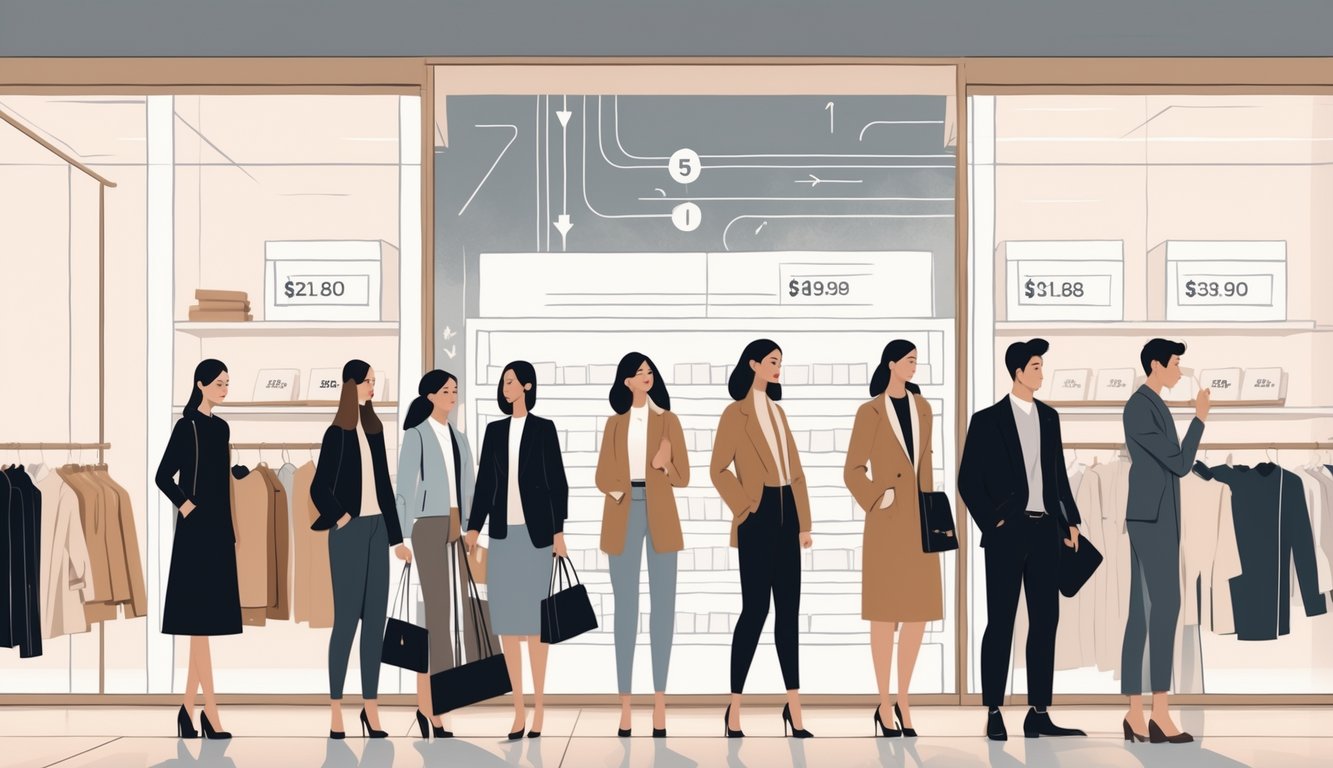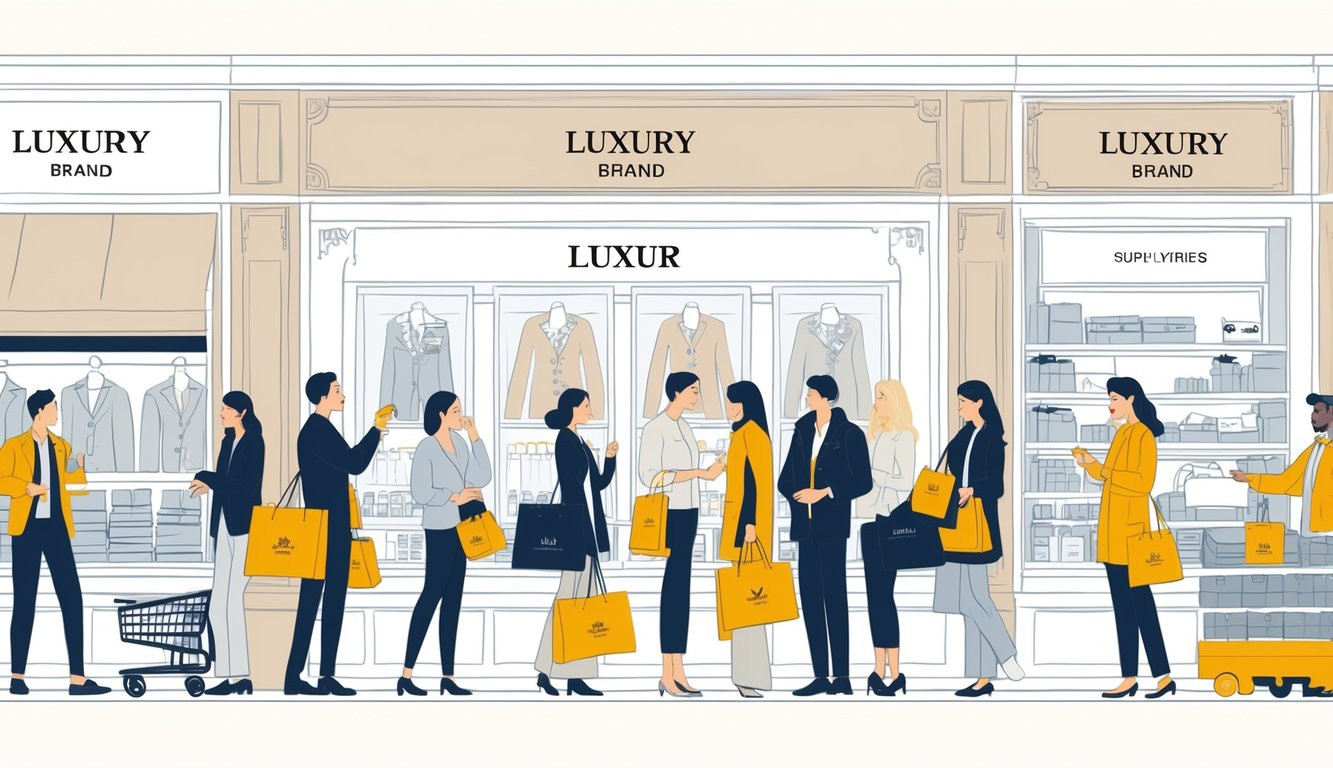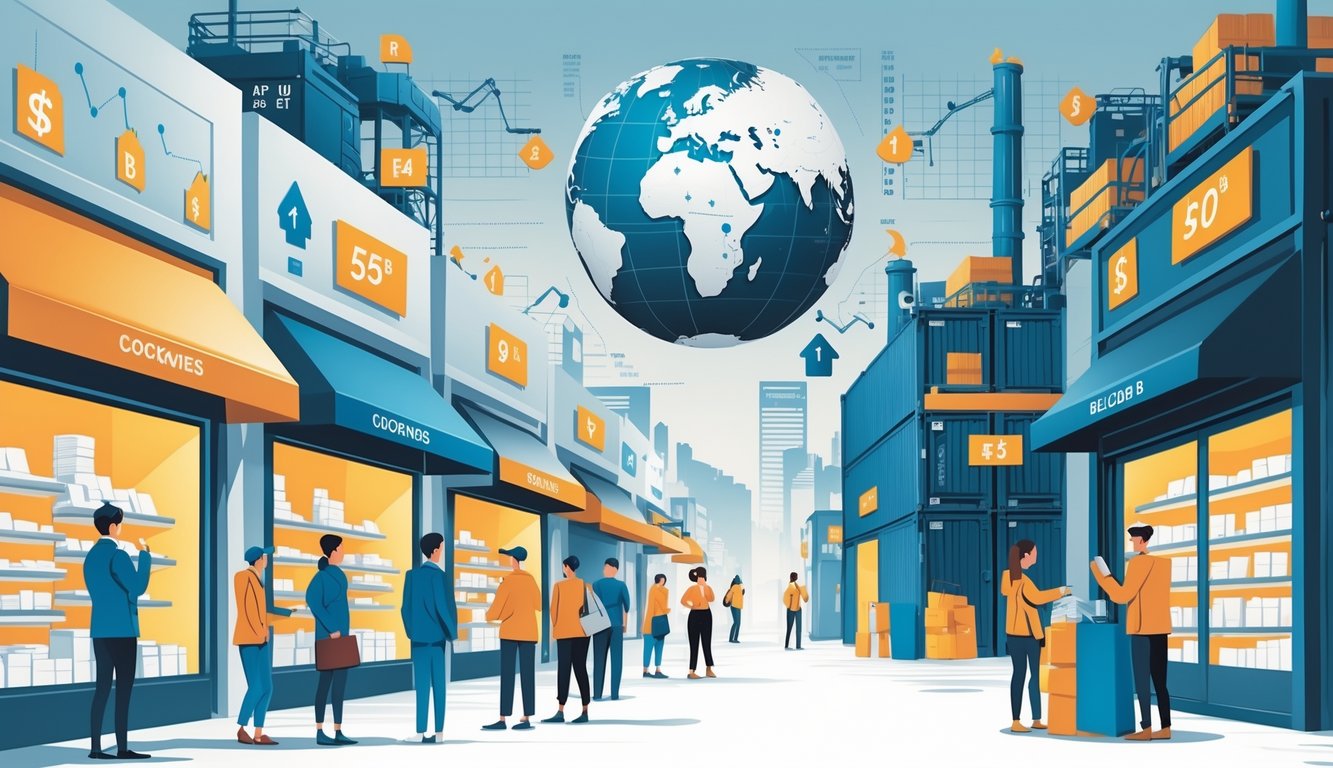
Labor and Material Shortages
This is where operations managers start losing sleep: labor shortages, raw material droughts, and, yeah, modern slavery is still a thing. Over 50 million people are stuck in exploitative fashion jobs, 29 million just in Asia-Pacific. Not just a number—it’s the ugly part nobody wants to talk about in supplier meetings.
Cotton harvests shrink because of weird weather, tanneries stall, and suddenly recycled synthetics cost more than anyone wants to admit. CEOs talk about “resilient sourcing,” but really, they just greenlight price hikes on basics. The idea that materials always show up on time, for last year’s price? Gone. Fast fashion timelines are toast. One missing shipment of black dye? Whole product lines freeze. No one’s got time to check every zipper’s origin.
Innovation and Sustainability
It’s chaos, but buyers still want something new—right after complaining about the markup on a jacket. Digital twins, 3D prototyping, blockchain for transparency—suddenly all the “nice to have” tech is just a patch for broken production. I met a COO who swears by AI inventory for predicting which shipment gets stuck in port. (He didn’t sound convinced, honestly.)
Eco labels are pushing digital product passports now, trying to prove Mongolian wool wasn’t smuggled through a dozen countries. European rules are making sustainability claims a maze. I’ve watched designers argue about recycled polyester versus late deliveries; basically, everyone agrees on one thing: tracking carbon footprints is now a boardroom obsession. If you want to see “agile recovery,” check Vogue Business’s take on transparency. Tech gets tested not for flash, but for whatever collapses next.
How Shoppers Are Responding

Nobody told me how weird it’d feel to watch shoppers totally rewrite their habits overnight. Price tags go up and suddenly even the diehard bag collectors vanish from boutique events. It’s kind of fascinating—brands don’t even bother matching price hikes with better quality. Now it’s all shifting, grumbling, tech promises, and Gen Z wishlist chaos.
Luxury Customers Changing Behaviors
One day, all those “loyal” customers—faces I’d see at every launch—just ghosted the stores. No warning. Bain’s numbers say over 50 million buyers stopped spending on luxury. That’s, what, a tenth of the customer base? It’s abrupt and kind of messy, honestly. It’s not just wallets moving—it’s that “why bother?” feeling when the new bag isn’t better than last year’s.
People who used to buy every season now skip launches, hunt for private sales (that “don’t exist”), or just go pre-owned. (MyTheresa’s secondhand section is up, if you believe the investment calls. Who’s authenticating at 2 a.m., though?) When I ask actual luxury buyers, they just shrug: “If it’s not special, the price feels like a dare.” Patience is gone. Analysts at InsightTrendsWorld say sales volume might be down 25% since 2022, with shoes and bags hit hardest. Not exactly subtle.
The Rise of ‘Luxury Shaming’
TikTok’s a weird place, right? I’m scrolling and suddenly people are roasting their own friends for splurging on, like, a $2,000 wallet. They’re calling it “luxury shaming” now, which—okay, who decided that was a thing? Nobody wants to admit they got suckered by a logo. Even my group chats get tense: someone posts their new Gucci belt, and instantly it’s, “But did you pay rent yet?” Not really the glamorous fantasy those ads promised.
I watched this full-on brawl over whether LVMH’s price hikes made the Louis Vuitton Neverfull “embarrassing” to carry. Is it? Apparently yes, at least this week. It’s not just TikTok noise, either—Reuters had retail experts saying this public embarrassment is actually making younger shoppers go for “investment piece” logos instead of “look at me, I’m reckless” ones. Peer pressure’s running the show now. Baselworld 2018? Nobody there saw this coming.
Aspirational Middle Class and Gen Z Preferences
Let’s talk Gen Z for a second. Can anyone figure out what they even want? One group’s obsessed with quiet luxury, the next is all-in on Y2K logos, but they’re united on one thing: new prices are nuts. Brands used to bank on the “aspirational middle class” buying entry-level designer stuff, but those buyers are out. SupplyChainReport has analysts blaming price hikes with no real improvements, and honestly, the stats are brutal.
I did a totally unscientific poll with the college interns at work (over burritos, so you know it’s legit), and most of them said they’d pick retro Stan Smiths over some overpriced “heritage” sneaker from Paris. When they do buy luxury, it’s group orders, split payments, or chasing collabs—social media’s made everything way too transparent. The middle class? Bailing. Gen Z? They don’t care about old luxury rules. If something isn’t ethical or actually rare, they’re out, no matter what the billboard in Soho claims.
The Role of Global Economic Uncertainty

China’s retail sales dip, luxury sneaker prices jump, and suddenly you’re recalculating your budget because Balenciaga doubled overnight. Why does this keep happening? The market twitches, currencies get weird, and even the spreadsheet crowd at Saks can’t keep up. Nobody’s got a clue what the next global shock will be. It’s chaos. Even the Harvard MBA types seem lost—straight lines don’t exist here.
Geopolitical Tensions and Political Uncertainty
Everyone on LinkedIn loves talking about “agility,” but I’m watching brands panic over tariffs and random policy changes. The Russia-Ukraine mess? Totally wrecked Gucci’s forecasts. Publicly, brands play it cool, but I’ve overheard managers whispering about hedging euros and dollars, just in case. Vietnam, Bangladesh, Mexico—brands keep hopping production around, trying to guess which government won’t pull a last-minute import ban. Regular shoppers don’t care about currency risk, but the fallout? It stings. Margins shrink, costs explode, and then—surprise—Paris price tags jump 10% before Milan even starts their runway shows. Consultancy reports keep saying these political ripples drive retail decisions for everyone, not just the execs.



